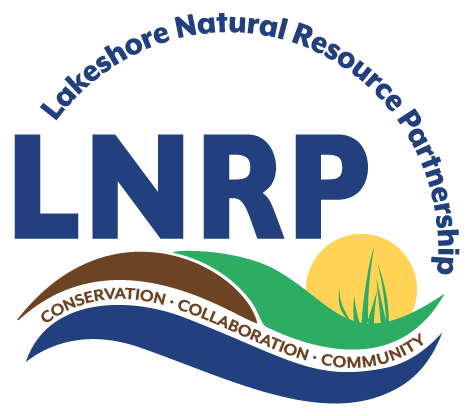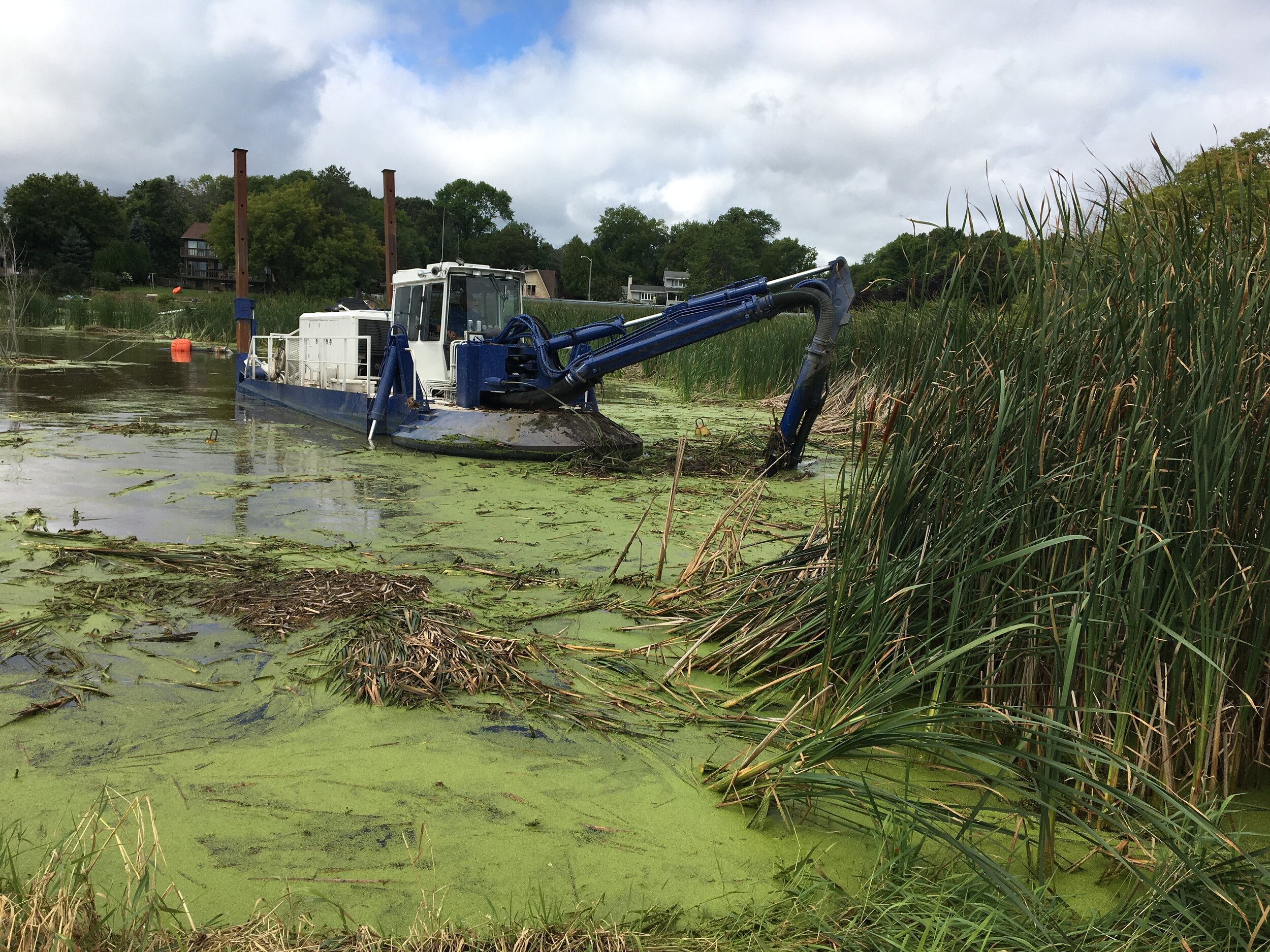Little Manitowoc Coastal Wetland Restoration
Overview of the Little Manitowoc
On June 12, 2008 the City of Manitowoc, WI experienced an extreme storm event (same storm that caused the Lake Delton Dam to fail in the Wisconsin Dells). During this storm event the Little Manitowoc River rose approximately 4-1/2 feet in less than 24 hours, reaching record levels.
After this flood event the Little Manitowoc River coastal wetland, from Lake Michigan to Reed Avenue, drained to become an exposed mud flat. This was the catalyst that brought people together to take action to protect this unique ecosystem. Two years later, the mud flat was filled in with cattails, reed canary grass, Phragmites, and Japanese knotweed. Unfortunately, these invasive species are poor quality for wildlife habitat and inhibit native vegetation which lead to reduced biological diversity and poor wetland function.
Hydraulic Dredging
LNRP, along with many project partners, then took the lead and began implementation of the restoration of the Little Manitowoc River Coastal Wetland.
After several years of restoration work including hydraulic dredging, invasive species management, rerouting the stormwater outfall, and planting native species, the site now offers tremendous benefits to Manitowoc County residents, visitors and wildlife. Check out our video that showcases our vision for the Little Manitowoc River Conservancy stretches from the shore of Lake Michigan to 1.5 miles inland, connecting three city parks including the Little Manitowoc River Walkway, Lincoln Park Conservancy, and Indian Creek Park.
Drying Geo Thermal Bags
The stakeholder group that provided input into the design and implementation of the restoration work started with adjacent landowner, Justin Winga and the Wisconsin Waterfowl Association. They reached out to the Lakeshore Natural Resource Partnership which brought together the City of Manitowoc, UWGB-Manitowoc Lakeshore Water Institute, Friends of the Manitowoc River Watershed, the Lakeshore Invasive Species Management Area, Woodland Dunes Nature Center, Ducks Unlimited, the Wisconsin Department of Natural Resources, the USDA Northern Institute of Applied Climate Science, the US Fish and Wildlife Service, and Stantec Consulting Services.
Fish Sampling
From 2013 to 2016, we completed a habitat assessment of the entire 240-acre conservancy, completed three years of water quality analysis and macro-invertebrate analysis with five sample sites on the river, completed a full topographical and hydrology analysis of the coastal wetland, produced an invasive species management plan complete with photos of invasive species that are projected onto maps with GIS coordinates, and completed one year of avian and fish monitoring data. We also have treated Phragmites for three years through a DNR Aquatic Invasive Species grant.
LNRP secured several state and federal grants including the Sustain Our Great Lakes fund, the West Foundation, the Fund for Lake Michigan, collaborative funding from Duck Unlimited, and Great Lakes Restoration Initiative funding through the EPA.
The Little Manitowoc River Conservancy was adopted by the Friends of the Manitowoc River Watershed and has become a high-quality destination for observing birds and wildlife, kayaking, and features a multi-purpose nature center near Lincoln Park Zoo.





